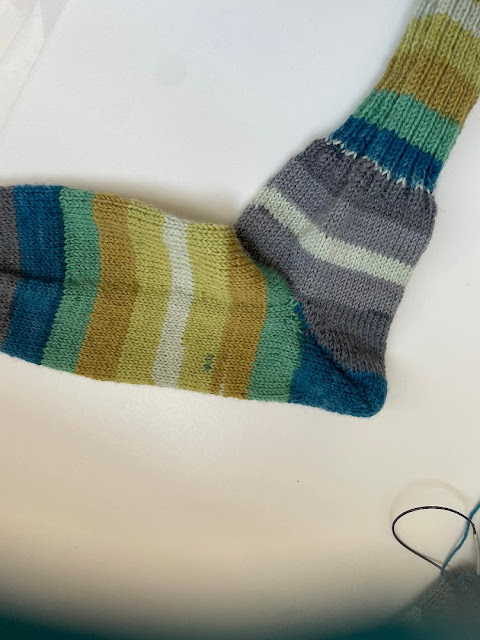Calouste Sarkis Gulbenkian (1869-1955) was known during his lifetime as “Mr. Five Per Cent.” Gulbenkian was an Ottoman Armenian from a wealthy merchant family. A naturalized British citizen (or “British Subject” which was the term used at the time), who also held three other diplomatic passports.
The Gulbenkians described themselves as “oriental” which they took to mean patriarchal. In their world the father was a distant figure. His word was law. Calouste was sent with his tutor to Marseille to stay with his father’s brother-in-law. He perfected his French and began to study English. In 1884 he went to study in London at King’s College School, and then entered King’s College’s Department of Applied Sciences. Thereafter, for over 50 years, and through two World Wars, Gulbenkian was to broker top-level oil deals convincing oil barons and governments alike of his impartiality as an “honest broker.”
Ironically, Gulbenkian remains virtually unknown today, unlike Rockefeller, or Getty, or Ford, or Carnegie. Outside of Portugal that is, where he died in Lisbon in 1955, and where the Gulbenkian Foundation, which inherited his great wealth is located and bears his name.
Throughout his lifetime, Gulbenkian managed to collect over 6,400 pieces of art. From René Lalique alone, Gulbenkian commissioned more than 140 works over nearly 30 years.
The collection includes objects from antiquity to the 20th century. Some of the works in the collection were bought during the Soviet sale of Hermitage paintings.
While Gulbenkian's art collection may be found in many museums across the world, most of his art is exhibited at the Museu Calouste Gulbenkian in Lisbon, Portugal. The museum was founded according to his will, to accommodate and display his collection, now belonging to the Calouste Gulbenkian Foundation. Of the roughly 6,000 items in the museum's collections, a selection of around 1000 is on permanent display.


























































